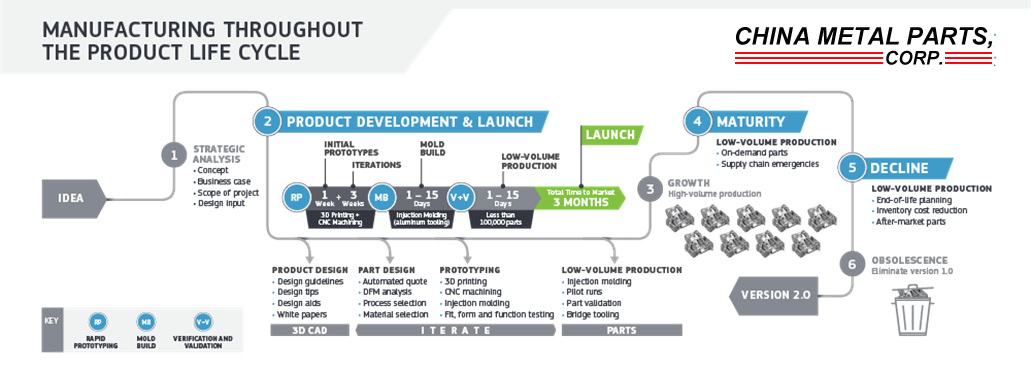Supplier Collaboration and On-Demand Manufacturing
Supply chain consolidation, value added manufacturing, vendor collaboration … terms we are all familiar with, but in today’s always on, always connected environment, manufacturers need something more.
Just-in-time manufacturing (JIT) has been around for decades and was truly first implemented on a grand scale at Toyota. There is this mythology that was referred to as the Toyota Production System. The primary goal was to streamline operations including supplier activities and reduce inventories. In the 1990s, this concept transformed into lean manufacturing, literally meaning to remove waste. The most recent evolution of this fundamental thought process is on-demand manufacturing.
On-demand manufacturing simply brings the best of all of its predecessors together and is designed to supply components as needed with little notice, on time, every time. Think of it this way, you can procure custom parts nearly as easily as off-the-shelf fasteners, for example.
To do this, one must understand the supplier’s capabilities, limitations and areas of expertise, and how this complements the rest of their supply chain. Design for manufacturing is crucial. Not only does this give a customer valuable information about their parts or assemblies, but is emphasizes where the supplier will be able to add value on the project today and in the future.
Take note of the product life cycle image. It is all too common to have a sole supplier when a product moves to high-volume production — this can create unnecessary risks.

We all know that developing dual sourcing can drive costs well above the comfort zone, but is often a necessary risk. Additional value is created when a supplier that helps develop prototype parts can also support future parts needs throughout the life of a product. When your prototyping suppliers can support low-volume orders reliably, the need for a traditional secondary production source is eliminated if production doesn’t exceed tens of thousands of parts. This also creates a nimble supply chain for fast turnaround without carrying costly inventory for bridge tooling, maturity demand spikes, and end-of-life or warranty support.
Read more about using rapid manufacturing for supply chain management in the white paper: Reducing Risk Through On-Demand Manufacturing